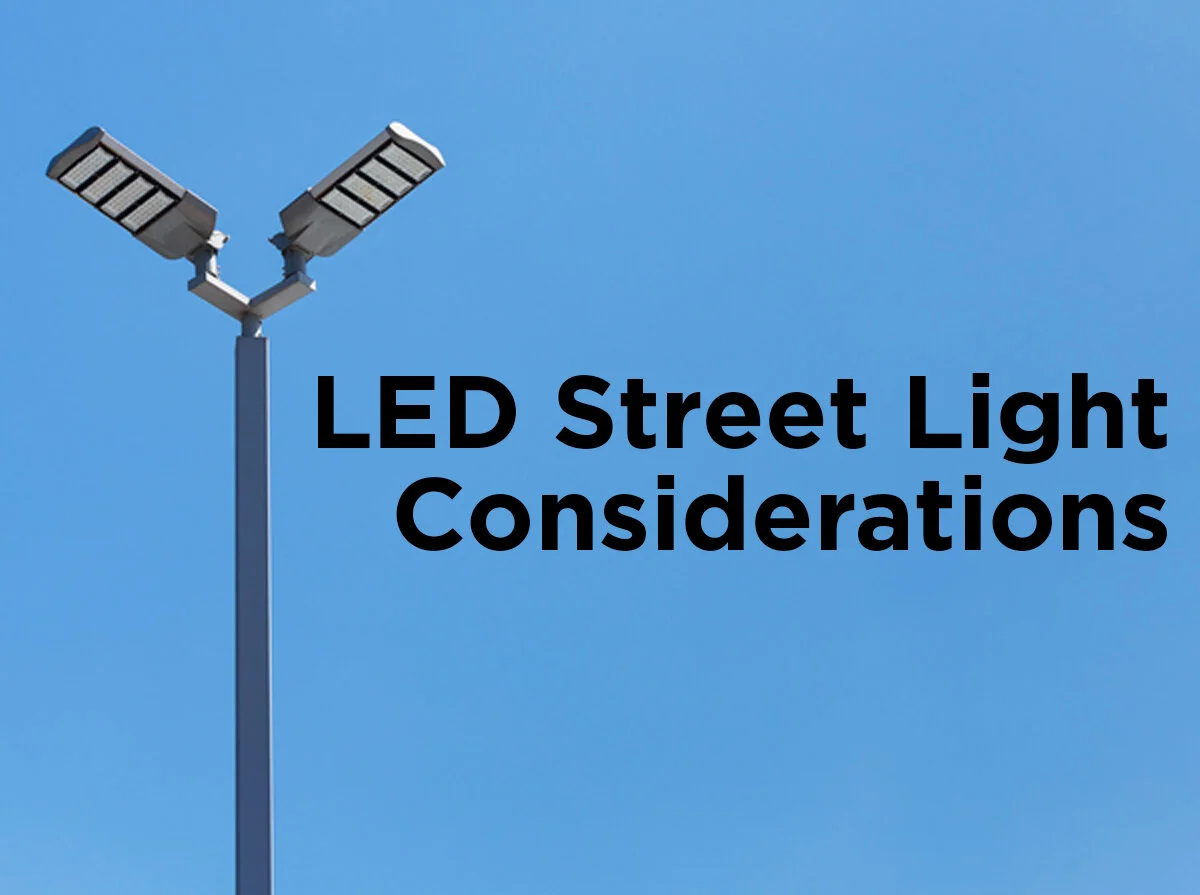LED Highlights of 2014
Since LED technology was introduced there have been plenty of innovative designs and transformations within the lighting industry. In 2014 we saw amazing advancements in LED technology and recognition. From a Nobel Prize to printable lights, it has been a year of progress for LEDs. In case you missed it, here are a few LED highlights from 2014.
LED wins Nobel Prize
Earlier this year it was announced that the Nobel Prize in Physics was won by the creators of blue wavelength LEDs: Isamu Akasaki, Hiroshi Amano and Shuji Nakamra. The award highlights those who have created an invention with the greatest benefit to mankind. According to the Royal Swedish Academy of Sciences, using blue LEDs, full spectrum white light can be created in a new way. It should be noted that they were given the award due to universality of blue LEDs in everyday life. Smart phones, watches, computer monitors, and LED TVs all use blue wavelength LEDs, making them more prevalent than other standard devices. After 30 years of attempts, bright blue light was produced from semiconductors in 1994. Prior to this, LEDs only used red and green diodes. Without blue diodes, white light would not be possible.
Rohinni Printed Light
It’s the type of invention that makes you say, “What will they think of next.” Rohinni’s Lightpaper is “a paper-thin light emitting square” ”—think of a piece of paper that ate a bunch of thin light bulbs. According to Rohinni, potential uses for this thin gleaming light are extensive. Visually stimulating applications are presented on their website, including a spacious bedroom, with slick paper thin lighting designs. Other uses shown include backlighting displays and even car decals. Soon enough we may all be able to print our very own Lightpaper.
3D Printed Quantum Dot LEDs
If LED light can be printed, why not contact lenses. It was announced in early November that researchers at Princeton University manufactured quantum dot LEDs built from five different materials. Multiple layers of nanocrystals are composed of the five different materials to print the LED. Though the "quantum dot LEDs are similar to those used in lighting, cellular phones and billboards they are much smaller. The small size of quantum dot LEDs has opened the door to evolving nanotechnology. Recently, researchers at the University of Washington created a contact lens with a built in LED which displays a single pixel of information. Eventually, researchers explain, the lens will have the capability of displaying more complex information. Imagine it, getting your emails and learning the latest fashion trends just by wearing a contact lens.
LED Wireless: Visable Light Communication
Wireless data transmission using LEDs has officially entered the mainstream. Researchers from the University of Cambridge, Oxford are currently working on Ultraparallel Visable Light Communication. Using a system of red, green and blue LEDs, they distinguish light using photodiodes to transmit coded information. The photodiodes receive and send information at rates of up to 110 megabytes per second using currently available LEDs. However, Harold Haas, one of the masterminds behind Li-Fi, along with his teammates have created a more efficient LED that transmits data at a rate of approximately 4 gigabits per second. Not only does Li-Fi offer very high speeds, the data density can reach bandwidth rates 1000 times higher than current Wi-Fi rates, the cost is lower than radio technology. For those interested in trying Li-Fi, Li-1st is available to the public.
Aura Christmas Bulbs
Though they are still in the process of being funded on Kickstarter, Aura Christmas bulbs are wirelessly powered Christmas lights. According to the creators the lights won’t last just 1 or 2 years, but for decades. Power is delivered to the lights wirelessly using an Aura Power Ring. The ring encircles your Christmas tree, plugs into the wall and viola, light. Hanging the lights on the tree is simple, just like any other Christmas ornament. Lights are controlled using an app for Windows, Android or iOS phones. The design promising, and while they won’t be ready this year, funding the Kickstarter means they will be ready to roll next Christmas. This year has seen some amazing accomplishments in LED technology. With so many advancements in 2014 we can only imagine 2015 will see even greater changes. What changes did you see in LED technology this year, what did we miss? Feel free to drop us a line or comment on Facebook, Twitter, LinkedIn, Pinterest, or Instagram.







